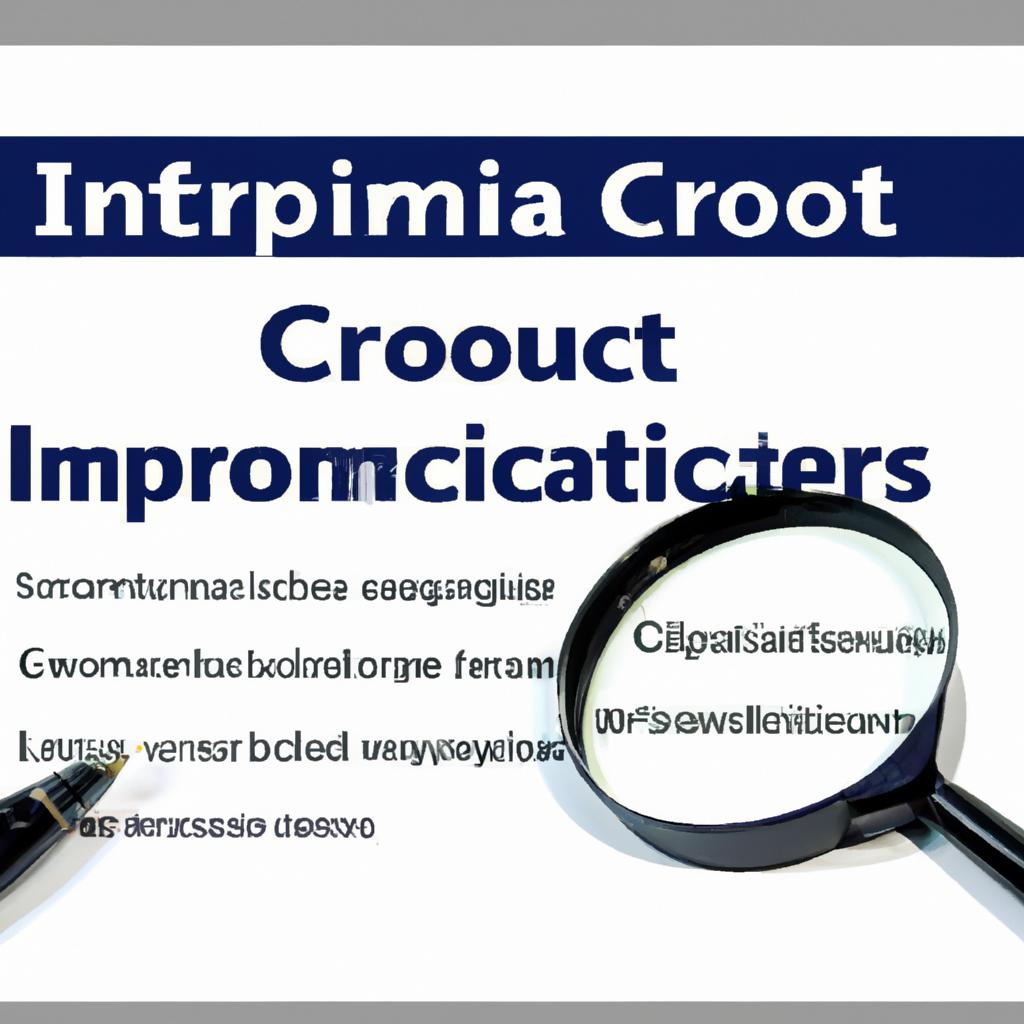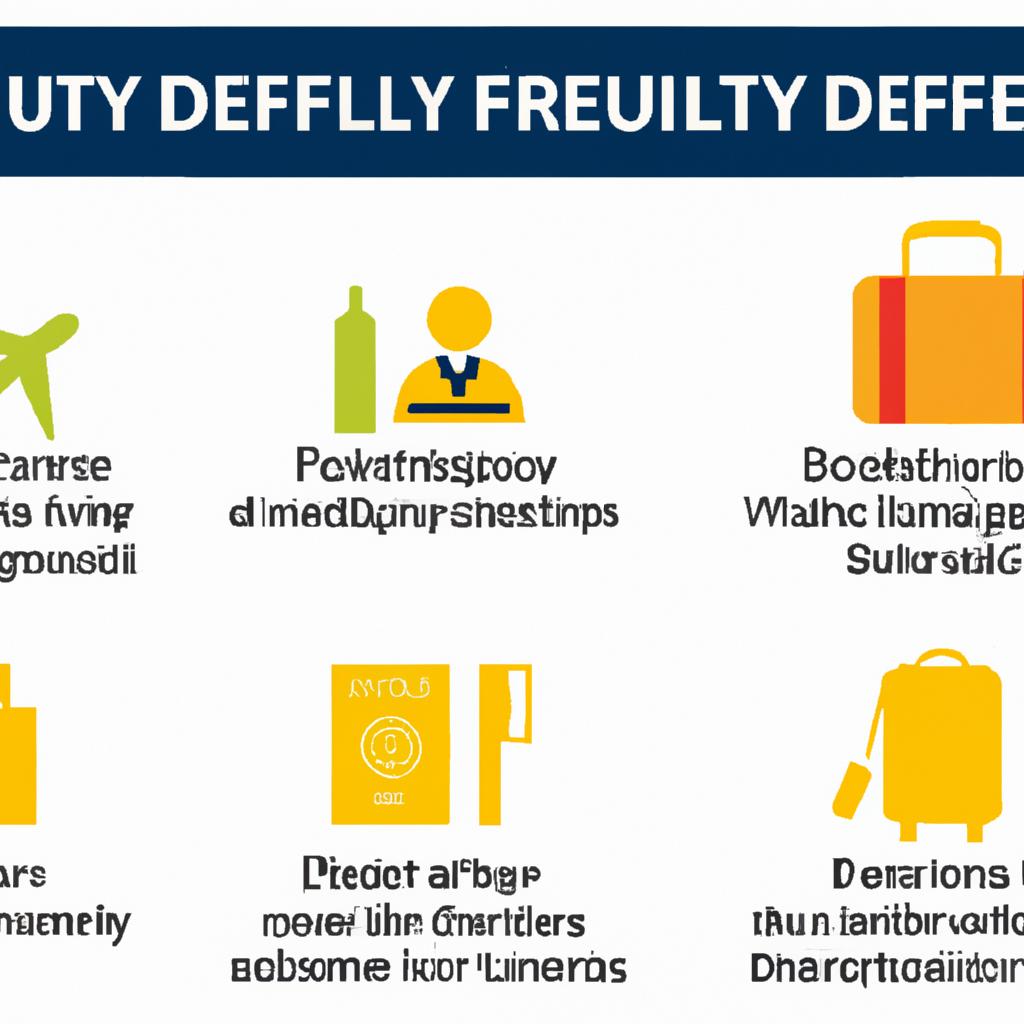Navigating Customs: A Guide to Import Regulations and Duty-Free Guidelines
As the world becomes increasingly interconnected, the movement of goods across international borders has never been more prevalent. Whether you’re a seasoned globe-trotter, a budding entrepreneur looking to source products abroad, or simply planning your next shopping spree in a distant land, understanding customs regulations is essential. Imagine stepping off the plane, eager to share the exquisite treasures you’ve gathered from around the world. Yet, the thrill of discovery is often tempered by the intricate web of import regulations and duty-free guidelines that govern what you can bring home. This guide aims to demystify the customs landscape, providing you with the essential knowledge to navigate these regulations with confidence. From understanding duty rates to exploring exemptions, we will equip you with the tools to ensure that your international experience remains as seamless and enjoyable as possible. Join us as we embark on this journey through the complexities of customs, turning potential pitfalls into opportunities for exploration and discovery.

Understanding Import Regulations for Smooth Customs Clearance
Import regulations are a set of rules and requirements established by governments to control the movement of goods across their borders. These guidelines aim to ensure safety, protect domestic industries, and enforce laws concerning trade. Compliance with these regulations is essential for seamless customs clearance, and failure to adhere to them can lead to delays, penalties, or even confiscation of the goods. Familiarizing yourself with the basic requirements can dramatically simplify the import process:
- Documentation: Ensure you have all necessary documents such as invoices, bills of lading, and permits.
- HS Codes: Determine the correct Harmonized System classification for your products to ensure accurate duty assessment.
- Country of Origin: This is crucial for tariffs and potential trade agreements that may affect your imports.
- Restricted and Prohibited Goods: Research items that may be restricted or banned from importation to avoid issues.
Understanding the specific duty-free guidelines for your imports can also significantly reduce costs. Different countries offer various allowances that allow for a certain value of goods to be brought in without incurring duty charges. To aid in your navigation of these complexities, consider the following simplified representation:
| Country | Duty-Free Allowance | Notes |
|---|---|---|
| United States | $800 | For personal goods; commercial imports have different rules. |
| Canada | $20 | For online purchases; greater allowances for longer stays. |
| Australia | $1,000 | All goods exceeding this amount are subject to duty. |

Essential Duty-Free Guidelines for Travelers and Shoppers
When embarking on your travels, being aware of the essential guidelines for duty-free shopping can save you both time and money. Generally, duty-free shops offer products exempt from local taxes and duties, which often translates to lower prices. However, it’s vital to understand the limits on quantities and the types of goods you can bring back into your home country without incurring additional charges. Each country has its own set of rules, so make sure to research the regulations beforehand. Common items found in duty-free shops include:
- Alcohol: Usually limited to a specified number of liters.
- Tobacco: Often subject to a limit, such as two cartons.
- Perfumes and Cosmetics: Quantitative restrictions may apply.
- Luxury Goods: Jewelry and watches can be purchased, but be mindful of valuation limits.
Upon your return, it’s also crucial to complete your customs declaration accurately. Misunderstanding these regulations can lead to hefty fines or the confiscation of your goods. To better navigate this process, it may be helpful to familiarize yourself with the below table detailing common limitations by category:
| Item Category | Typical Allowance (per person) |
|---|---|
| Alcohol | 1 liter (varies by country) |
| Tobacco | 200 cigarettes or 50 cigars |
| Perfumes | 60 ml |
| Gifts | $800 value limit (varies) |
Always keep your receipts handy as proof of purchase, and stay informed about specific country regulations to make the most of your duty-free shopping experience while ensuring compliance with customs laws.

Tips for Preparing Documentation and Avoiding Common Pitfalls
When it comes to preparing your customs documentation, **precision is key**. Begin by ensuring that all required forms are completed accurately and legibly. Lack of clarity can lead to delays or even fines. To streamline the process, consider the following essentials:
- Use the Correct Tariff Codes: Identify and use the proper HTS (Harmonized Tariff Schedule) codes to classify your goods accurately.
- Gather Necessary Invoices: Provide detailed invoices that reflect the true value of the goods being imported, including any shipping costs.
- Complete Your Import Declaration: Ensure that your import declaration is filled out comprehensively to avoid misunderstandings.
To avoid common pitfalls, it’s beneficial to stay informed about changing regulations that could affect your shipments. Create a checklist tailored to your specific imports to maintain compliance. Here’s a simple table to organize key aspects of your documentation process:
| Document Type | Purpose |
|---|---|
| Commercial Invoice | Provides a detailed description and value of goods. |
| Bill of Lading | Serves as a contract between shipper and carrier. |
| Import License | Required for certain restricted goods. |
| Certificates of Origin | Verifies the country of manufacture. |
The Conclusion
As we conclude our journey through the intricate landscape of customs regulations and duty-free guidelines, it becomes clear that navigating this terrain may seem daunting, but it is far from insurmountable. Equipped with the knowledge of import regulations and the nuances of duty exemptions, you are now better prepared to venture into the world of international trade with confidence and clarity.
Remember, understanding the rules not only ensures compliance but also enhances your ability to capitalize on opportunities that might otherwise slip through the cracks of oversight. Whether you’re a seasoned importer or a curious traveler, the key lies in staying informed and proactive.
As you embark on your next importing adventure, let this guide serve as a reliable companion. With each shipment you navigate and every border you cross, you’ll find the process becomes a little less mysterious and a lot more rewarding. Happy importing!
